Working and Control Principles of Emergency Generator
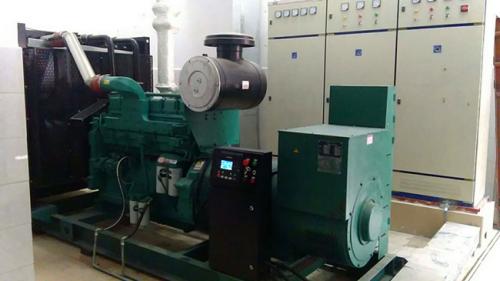
The working and control
principles of the emergency generator set are similar to those of the main
generator. For the alarm aspect, there are emergency generators with the same
overspeed shutdown as the generators, but the low pressure of the diesel engine
oil and the high temperature of the cooling water only alarm and do not stop;
the starter must have at least two kinds of energy, usually electric and
hydraulic or spring manual start; burning With diesel (in order to save costs,
the main generator often uses heavy diesel oil), the diesel cabinet is set to a
high alarm. In order to prevent the diesel spill from jeopardizing the safety
of the built-up area, high and high alarms are often set; because it is usually
an electric starter, it is also equipped with special Starter battery and
charge and discharge board. In order to ensure that the state of the emergency
generator can be monitored in the engine room under normal working conditions,
the operation indication of the emergency generator is set in the main
switchboard of the engine room; the static adjustment rate of the emergency
generator is 3%, and the main generator is 2.5%. Emergency generators usually
require all emergency loads to be carried at one time, more than two times, and
the main generators can be three times depending on the cylinder diameter; some
classification societies require that the emergency generators cannot be opened
when overloaded. Alarm, and the main generator can be tripped and opened
preferentially. As for the specific working principle and circuit of the
emergency generator, it varies according to the manufacturer. Please refer to
the actual manufacturer's circuit diagram. The two motors are controlled by two
voltage regulating speed devices.
The speed control of the
motor is realized by switching the combined control of the rotor resistance and
the voltage regulating speed control device. When the utility power is
abnormal, the generator supplies power to the lifting mechanism, and the ladle
(260t) suspended in the air is transferred to a safe place. In emergency power
supply, only one motor is operated, and the transmission ratio of the reducer
is doubled. When the output torque is constant, the lifting speed is halved. As
before analysis, in actual operation, the generator is under no-load condition
of the lifting mechanism (steel empty weight 20t), due to the small reverse
power (5kW), the reverse power (larger 15% rated power) is allowed in the
generator (640kW) Within the scope, the generator-motor system is still stable.
When the generator is under load (the weight of the ladle is 230t), in the
first gear (15% rated speed), the second gear (30% rated speed) and the third
gear (45% rated speed) when the winding asynchronous motor is switched. ),
because the motor speed is lower than the synchronous speed, the generator
system can still work stably. After all the resistors are removed (the
thyristor is fully turned on at this time), the motor speed is greater than the
synchronous speed and operates in the power generation state.
Since the reverse power (155 kW) is greater than the allowable range of the generator's reverse function, the generator is over-speed protected and shuts down. Fig. 5 is a waveform diagram of the motor operating in the power generation state when the power grid is supplied, and Fig. 5 is a waveform diagram when the motor is operated at the speed 3 speed when the generator is powered. It can be seen from Fig. 5 that the motor generates about half of its electric power at rated load. It can be seen from Fig. 6 that due to the effect of thyristor voltage regulation and speed regulation, a large harmonic current is generated.
According to the spectrum analysis, the harmonic current is mainly 5 times and
7 times, and its value is 1/5 and 1 of the rated current. /7. This harmonic
current also has an adverse effect on the normal operation of the generator. In
the motor starting phase, although the voltage regulating device adopts current
limiting measures (2 times rated current), a large line voltage drop is
generated due to the long line. Excessive pressure drop will cause the system
undervoltage protection device to operate. Do not use the system to operate
normally

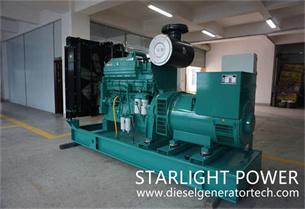
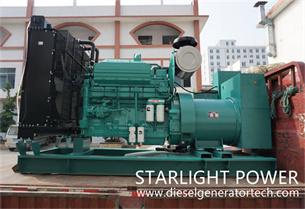
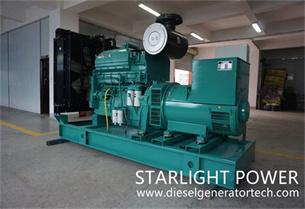
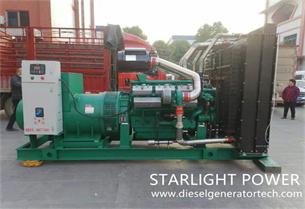


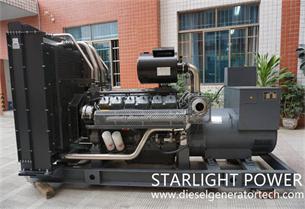
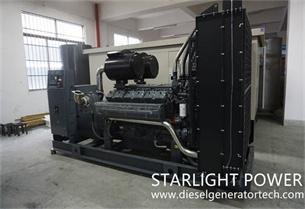

Comments